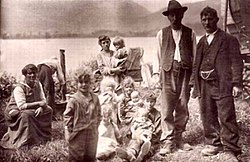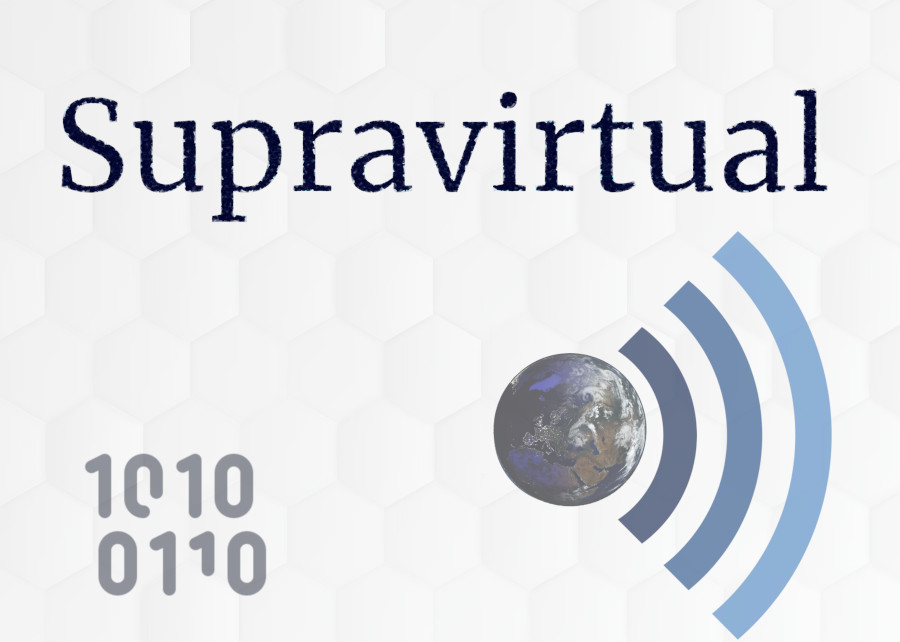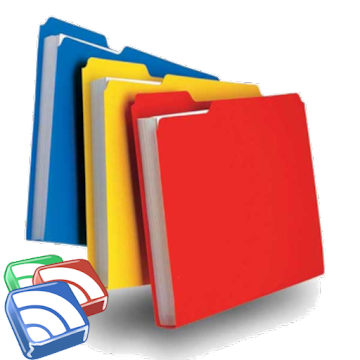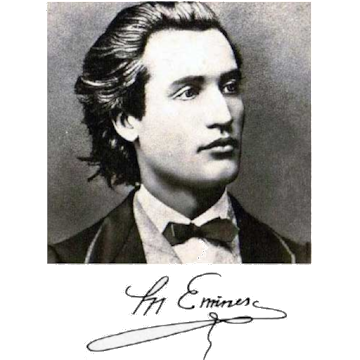
Steam engines, 1698
In 1698 the British inventor Thomas Savery patented a steam-powered pump which he described as an "engine to raise water by fire". Thomas Savery's very basic engine relied on a theory that had been around for several centuries but never successfully applied: the steam would create a vacuum and pull water upwards through a pipe. The technology was improved later with pistons and cylinders by Thomas Newcomen, a blacksmith, and again by Watt in the mid-18th century.
Battery, 1800
For the battery we must thank the frog and think about its disection and the electric impulses in the body. In the 1780s the Italian physicist Luigi Galvani discovered that a dead frog's leg would twitch when he touched it with two pieces of metal. Based on his observation, he had created a crude circuit and the phenomenon was continued by his friend, the professor Alessandro Volta, whose voltaic cells stacked in a Voltaic pile amazed Napoleon. The pile was also the first battery, whose successors have more and more influence over the current technology.
Morse Telegraph, 1837
The Morse Telegraph, more commonly known as Morse Code, was invented in 1837 by Samuel Morse. It was the first technology of its kind and it allowed to transmit over huge distance via wire long, detailed messages. This technology revolutioned the communications at that period, changing the way people communicated, allowing messages (and orders for the military all around the world) to be transported quickly and efficienctly.
Internal combustion engines, 1864-1898
The famous engineer and inventor Nikolaus Otto met another engineer Eugen Langen in 1864. One month after the meeting they founded the first engine factory in the world, NA Otto & Cie. The Otto & Langen engine was a free piston atmospheric engine (the explosion of gas was used to create a vacuum and the power came from atmospheric pressure returning the piston). At the Paris World Exhibition from 1867 their improved engine was awarded the Grand Prize.
According to recent historical studies, the Italian inventors Eugenio Barsanti and Felice Matteucci patented a first working efficient version of an internal combustion engine in 1854 in London. It is claimed that the Otto engine is in many parts at least inspired from this precedent invention, but there is no documentation of knowledge about the Italian engine by Otto.
The concept of the four-stroke engine was also patented by the Austrian Christian Reithmann in October 26, 1860 for one year and by the French Alphonse Beau de Rochas, January 16, 1862.
Rudolf Diesel designed many heat engines, including a solar-powered air engine. In 1893 he published a paper describing an engine with combustion within a cylinder, the internal combustion engine. In 1894, he filed for a patent for his new invention, dubbed the diesel engine. Rudolf Diesel was almost killed by his engine when it exploded. However, his engine was the first that proved that fuel could be ignited without a spark. He operated his first successful engine in 1897. In 1898 Rudolf Diesel was granted patent #608,845 for an "internal combustion engine", the Diesel engine.
Engines based on the that very principles are still used worldwide, even their tehnology is updated.
Bicycle, 1861
First devised as a gentleman's play thing in the 1820s, the push-powered hobby-horse quickly evolved to become the most classless form of transport, trundling by the millions along highways and byways all over the world. It's easy, it's fast and it's cheap (even if the top of the class bicycles costs a few thousand euros). The French vélocipède, invented in 1861 by Pierre Marchaux, is widely considered to be the first true bicycle.
The feminist Susan B Anthony said in an interview in 1896: "I think (the bicycle) has done more to emancipate women than anything else in the world."
Telephone, 1877
The Telephone was invented in 1877 by Alexander Gram Bell. Building on the basic principle of Morse’s telegraph, the telephone revolutionized communication by allowing voices to be transmitted via cable to a receiver on the other end of the line. Few other technologies have had the staying power of the telephone, as it has been modified throughout the years and is still used today.
Radio, 1894
The radio was first demonstrated in 1894 by Oliver Lodge and Alexander Muirhead at Oxford University, it radio consisted of a devise that emitted a signal of radio waves and a receiver which received and interpreted the information into sound. The radio was first developed as a military technology but it was soon used to entertain and educate the general public.
The transistor, 1947
A transistor is a semiconductor device with at least three terminals for connection to an electric circuit. The triode was the transistor's precursor, introduced in 1907. In 1947 John Bardeen and Walter Brattain, working at Bell Telephone Laboratories, were trying to understand the nature of the electrons at the interface between a metal and a semiconductor. They realized that by making two point contacts very close to one another they could make a three terminal device - the first "point contact" transistor.
I don't know how many of you remember the computers big as a room, or even several rooms, in the beginning of the computer history. The phones you are using or the computers used to read this article have several thousand time more computing power than those initial computers. Without the transistor pretty much all the techno-toys we take for granted wouldn't exist - we would have been stuck to huge and slow computers. The basic building block of current day electronics, the transistor is widely credited to Bell Labs' William Shockley, who based his own research on findings by John Bardeen and Walter Brattain in 1947.
Microchip, 1958
Developed by a the Texas Instruments engineer Jack Kilby in the late 1950’s, microchips changed the world of computing - it allowed the development the electronics into computers, cell phones and other gadgets. Robert Noyce later improved the initial design by replacing Kilby’s Germanium Chip with a chip made of Silicon.
ARPANET, 1969 and later the development of the internet/world wide web/broadband
Originally chartered as a government research project, ARPANET launched in 1969 under the direction of Leonard Kleinrock. It was the first computer network on which information could be sent and received between devices. ARPANET fathered the modern internet, allowing us to communicate on a global level with ease. It took about 20 years, the early 1990s, until that networkd became public domain and to be used from people from all over the world as the Internet.
PC and laptop computers, 1981
1981 was a big year for computers: IBM launched the 5150 model (they called it a "personal computer" or a PC) and the Osborne 1 became the first portable computer. Weighing in at 24 pounds (about 12 kilograms), it challenges our current notion of laptop. The device consisted of a 5 inch display and a single floppy drive. The Osborne originally sold for $1,795, it is said that today it can be purchased via eBay for around $200.
Mobile phones, smartphones and gadgets
The first mobile phones was released on the market by Motorola unleashed in 1983 were confined to the car and were the size of a briefcase. It took a few years to became more mobile and be reduse to the size of a brick. Now you can put them into your pocket and nobody else whould not notice them in there... until you get them out or somebody calls you. Now they are smarter and we can listen the radio, watch movies and browse the internet using them. iPhones and iPods, tables and other gadgets appeared lately and changed our world.
GPS, 1970s
The Global Positioning System was clever enough as a military technology when it was developed in the 1970s. The satellite navigation system became available for the public after the incident in 1983, when a civillian airplane was lost after it had gone lost over Sovjet territory, and changed the way a lot of us navigate. Probably made a lot of mapmakers redundant. Satellite navigation (or sat-nav) systems are just the beginning, though: GPS in phones could herald a whole new era of location-aware sites and services.




















